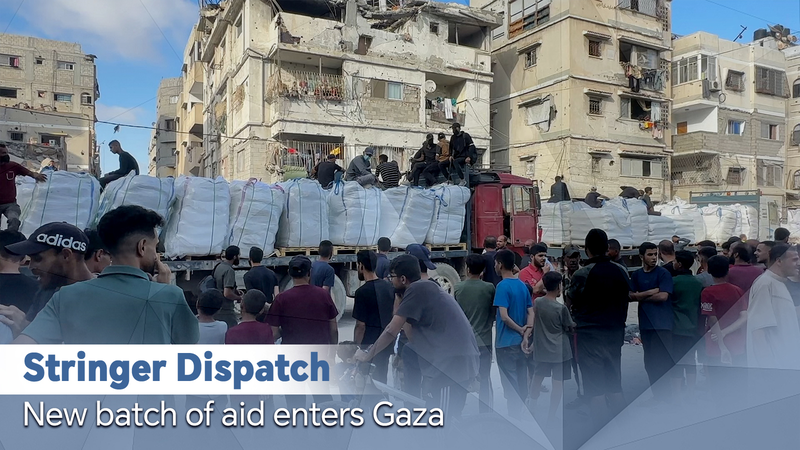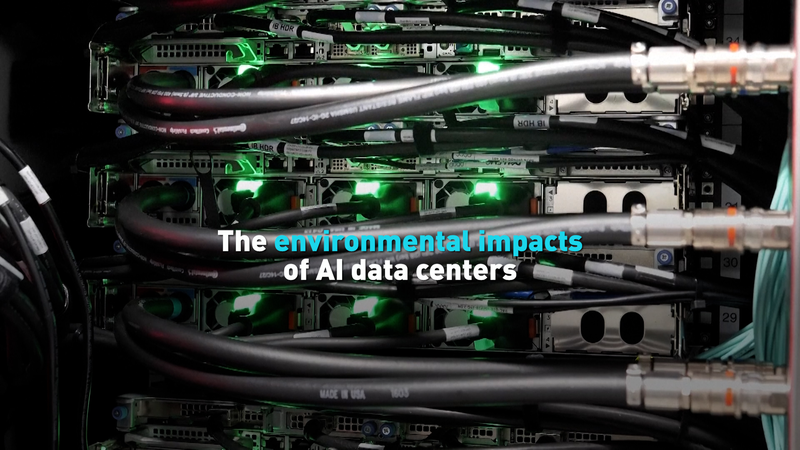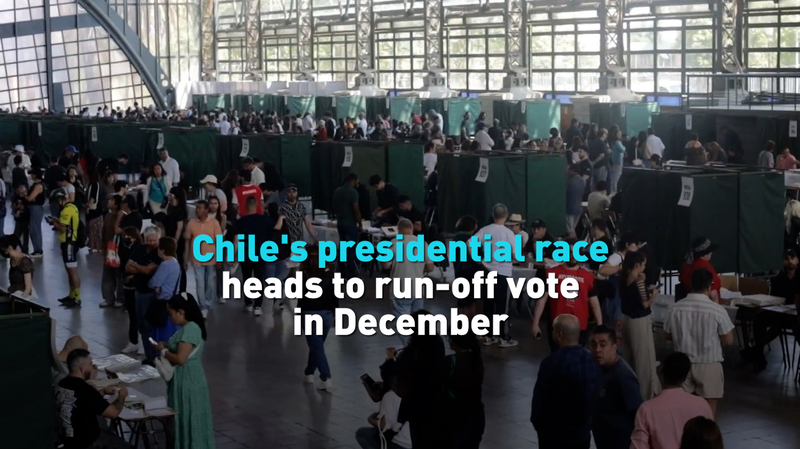In a dramatic twist that has grabbed international attention, a U.S.- and Israeli-backed aid initiative in Gaza is under heavy fire. The operation, managed by the Gaza Humanitarian Foundation (GHF), has been widely criticized for placing desperate civilians in harm's way. Critics say the approach—using just four distribution points in militarized zones—is a recipe for disaster. 😱
United Nations Secretary-General Antonio Guterres delivered a stark warning, stating, "It is killing people." His message emphasizes that any system forcing vulnerable populations into dangerous areas is not only flawed, but lethal. Medical non-profit Doctors Without Borders described the operation as "slaughter masquerading as humanitarian aid," while a senior UN official warned that the initiative has become a "death trap."
The new model contrasts sharply with traditional UN-led efforts, which distribute aid at the community level. Since Israel lifted part of its 11-week aid blockade on May 19, reports reveal that more than 400 people have been killed in Gaza while trying to secure vital supplies. In one particularly grim account, over 500 lives were lost simply while seeking food. 🚨
Despite such serious concerns, a GHF spokesperson maintains there have been no deaths at or near their distribution sites. Meanwhile, Israel's Foreign Ministry has defended its actions, insisting that its military never targets civilians and accusing the UN of leaning toward a biased stance.
This unfolding controversy raises questions about how humanitarian aid is delivered under conflict conditions. The debate is a stark reminder that when political and military strategies merge with humanitarian needs, the stakes could not be higher. It’s a call for urgent reflection and, many argue, for the political courage needed to advocate for a ceasefire in the region. 🔥
Reference(s):
'It is killing people': Why U.S.-backed Gaza aid operation is slammed?
cgtn.com




